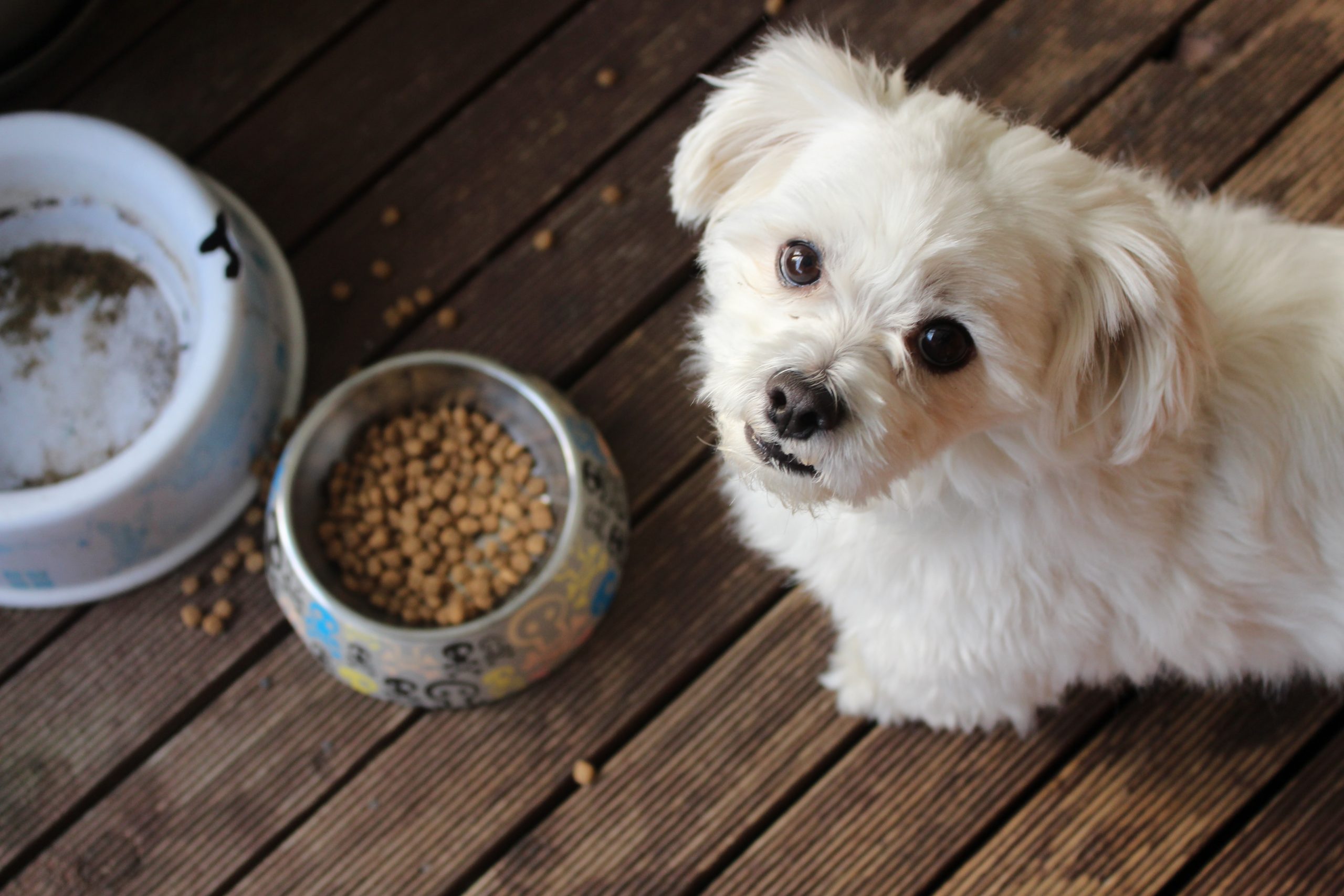Yeast infections in dogs can be a persistent and uncomfortable challenge for both pets and their owners. These infections, caused by an overgrowth of the Candida species, often manifest in various ways, including itchy skin, chronic ear infections, and digestive disturbances. While seeking veterinary guidance and medical intervention is crucial for addressing the root causes of yeast infections, it’s essential to recognize the integral role that a well-balanced and carefully chosen diet plays in managing and preventing these issues.
Dogs, like humans, have complex dietary needs that significantly impact their overall health, including their susceptibility to yeast infections. Factors such as a compromised immune system, allergies, and dietary imbalances can contribute to the proliferation of yeast. As responsible pet owners, understanding the nuances of selecting the right dog food can empower us to make informed choices that support our canine companions’ well-being and mitigate the discomfort associated with recurrent yeast infections.
In this comprehensive guide, we will explore key considerations for choosing the best dog food for yeast infections, emphasizing the importance of factors such as limited ingredient diets, grain-free formulations, high-quality protein sources, the inclusion of probiotics and prebiotics, omega-3 fatty acids, and the avoidance of common allergens. By delving into these aspects, we aim to provide pet owners with a deeper understanding of how dietary choices can positively impact their dogs’ health and contribute to the holistic management of yeast infections.
Key Considerations for Dog Food Selection:
Limited Ingredient Diet (LID):
Opting for a Limited Ingredient Diet (LID) dog food is a prudent choice for managing yeast infections. LID formulas are crafted with a minimal number of high-quality ingredients, often excluding potential allergens like grains, artificial additives, and fillers. This simplicity reduces the likelihood of triggering allergic reactions and supports dogs with sensitivities or allergies that might contribute to yeast overgrowth.
Grain-Free Formulas:
Many veterinarians recommend grain-free dog food for dogs prone to yeast infections. Grains like wheat and corn can contribute to inflammation and may be difficult for some dogs to digest, potentially exacerbating yeast-related issues. Grain-free formulas often substitute traditional grains with alternative carbohydrate sources such as sweet potatoes or peas, offering a more digestible and hypoallergenic option.
Protein Quality and Source:
The quality and source of protein in dog food are critical considerations. Opt for formulas that feature high-quality proteins derived from deboned meat or fish. Avoiding low-quality proteins and by-products not only supports your dog’s muscle health but also reduces potential allergens that might contribute to yeast infections.
Probiotics and Prebiotics:
A balanced gut microbiome is crucial for overall health and immunity, and incorporating dog foods enriched with probiotics and prebiotics can contribute to achieving this balance. Probiotics introduce beneficial bacteria into the digestive system, while prebiotics serve as a nourishing substrate for these beneficial bacteria. A healthy gut environment helps regulate the overgrowth of yeast, promoting better digestive health.
Omega-3 Fatty Acids:
Including dog foods rich in omega-3 fatty acids is beneficial for dogs with yeast infections. Sources such as fish oil or flaxseed oil provide essential fatty acids that possess anti-inflammatory properties. These fatty acids not only support skin health but also help alleviate symptoms associated with yeast infections, including itching, redness, and irritation.
Avoiding Common Allergens:
Identifying and eliminating potential allergens from your dog’s diet is crucial. Common allergens include beef, chicken, dairy, and specific grains. Transitioning to hypoallergenic or novel protein dog foods can be advantageous for dogs with known sensitivities, reducing the likelihood of triggering allergic reactions that may contribute to yeast overgrowth.
Conclusion:
In conclusion, managing yeast infections in dogs involves a multifaceted approach, and the significance of dietary choices should not be underestimated. As pet owners, our responsibility extends beyond seeking medical intervention to understanding and actively participating in our canine companions’ overall health and well-being. The right dog food can play a pivotal role in mitigating the symptoms and recurrence of yeast infections.
By opting for a Limited Ingredient Diet (LID), grain-free formulas, and prioritizing high-quality protein sources, pet owners can address potential allergens that might contribute to yeast overgrowth. Probiotics and prebiotics, essential components of a balanced gut microbiome, support digestive health and bolster the immune system, contributing to the overall wellness of our dogs.
The inclusion of omega-3 fatty acids in dog food further aids in alleviating symptoms associated with yeast infections, such as itching and skin irritation. Avoiding common allergens, including beef, chicken, and dairy, is a proactive measure to prevent allergic reactions that could exacerbate yeast-related issues.
It is crucial to emphasize that these dietary considerations should be part of a comprehensive approach, alongside veterinary guidance and medical treatment. Every dog is unique, and consulting with a veterinarian ensures that dietary choices align with the individual health needs of your pet.
FAQs
Q1:Can dog food really affect yeast infections in dogs?
A1:Yes, a dog’s diet can significantly impact yeast infections. Certain ingredients in dog food, such as grains and common allergens, may contribute to yeast overgrowth. Opting for a well-balanced, high-quality dog food that addresses potential triggers can help manage and prevent yeast infections.
Q2:What is a Limited Ingredient Diet (LID), and how does it help with yeast infections?
A2:A Limited Ingredient Diet (LID) features a minimal number of carefully selected ingredients, often excluding common allergens. This can help reduce the likelihood of triggering allergic reactions and support dogs with sensitivities, ultimately contributing to the management of yeast infections.
Q3:Are grain-free dog foods necessary for dogs with yeast infections?
A3:While not universally necessary, many veterinarians recommend grain-free formulas for dogs prone to yeast infections. Grains like wheat and corn can contribute to inflammation and digestive issues, potentially exacerbating yeast-related problems. Grain-free options often utilize alternative carbohydrate sources to address these concerns.
Q4:How do probiotics and prebiotics in dog food help with yeast infections?
A4:Probiotics introduce beneficial bacteria into the digestive system, while prebiotics serve as a nourishing substrate for these bacteria. A balanced gut microbiome supports digestive health and helps regulate yeast overgrowth, making foods with added probiotics and prebiotics beneficial for dogs with yeast infections.
A5:Why are omega-3 fatty acids important in dog food for yeast infections?
A5:Omega-3 fatty acids, found in sources like fish oil or flaxseed oil, have anti-inflammatory properties. Including these fatty acids in a dog’s diet can help alleviate symptoms associated with yeast infections, including itching, redness, and skin irritation.
Q6:Are there specific allergens in dog food that can contribute to yeast infections?
A6:Common allergens in dog food include beef, chicken, dairy, and certain grains. Identifying and avoiding these allergens can be crucial for dogs prone to yeast infections. Hypoallergenic or novel protein dog foods may be recommended for dogs with known sensitivities.
Q7:How can I determine the right diet for my dog’s yeast infection?
A7:Consulting with a veterinarian is essential for determining the most appropriate diet for your dog’s specific needs. A vet can consider your dog’s health history, allergies, and overall condition to provide personalized recommendations for managing and preventing yeast infections through dietary choices.

Jane Doe, a veterinarian with over 10 years of experience, combines her deep knowledge of animal health with a passion for pet welfare at PetsPonder.com. With a DVM degree and a commitment to the latest in veterinary science, Jane Doe offers reliable, compassionate advice to help pet owners make informed decisions for their furry companions.

Leave a Reply